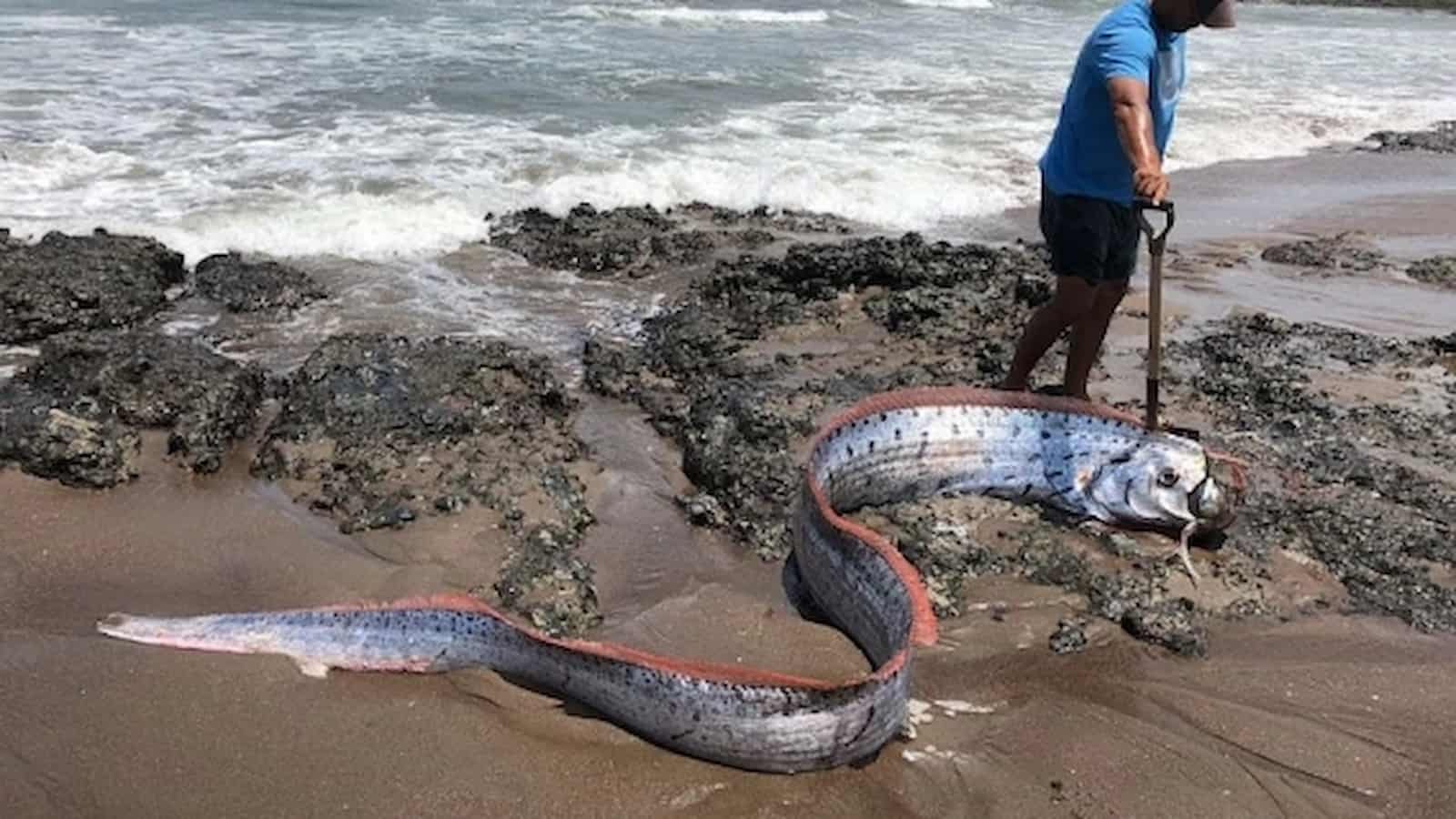Trans-shipment: Not every port on the planet is directly connected. Here’s where the shipping industry benefits. In addition, it’s far less expensive than direct shipping. In addition to employing transshipments, you can lower the cost of shipping by leasing containers at the best prices.
Trans-shipment is the reverse of direct shipment. Whether travelling by land, sea, or air, these two phrases are used interchangeably.
Let’s start by discussing direct shipment to better comprehend trans-shipment.
Direct Shipments
Direct shipment is the process of moving cargo from point A to point Z by loading it onto a ship that sails straight from port A to port Z, with port Z serving as the cargo’s final destination and port A serving as the port of initial loading.
Without making any port calls or stops along the route to pick up or drop off more goods, the ship may proceed straight from Ports A to Z.
What is Trans-shipment?
Direct shipment is the process of moving cargo from point A to point Z by loading it onto a ship that sails straight from port A to port Z, with port Z serving as the cargo’s final destination and port A serving as the port of initial loading.
Without making any port calls or stops along the route to pick up or drop off more goods, the ship may proceed straight from Ports A to Z.
Why carry cargo via another vessel rather than directly?
There might not be a direct connection possible between the two ports. For instance, there aren’t any direct ships from other continents serving most Australian ports. Most cargo from the US, Europe, Africa, the Middle East, and Asia that is headed for Australia is transshipped through ports in Singapore or Port Klang, Malaysia.
Cargo Ship Capacity: Understanding the Weight and Displacement Factors
Another situation is when there isn’t enough room in the container to ship the cargo directly. Businesses may transship their cargo to meet delivery schedules, even though direct shipments usually arrive at their destinations sooner. Let us look at an example to see how this functions.
Benefits of Cargo Transshipment

In general, transshipments are less expensive than direct shipments. This is due to the increased and more expensive demand for transporting cargo via direct shipments. The two main factors contributing to the higher cost of direct shipments are the shorter lead time and the fewer times the items are handled.
Smaller transshipment ports can have lower port fees, which saves money. Since direct shipments travel a longer path while visiting key ports, transshipping cargo may occasionally be faster than direct shipping.
Businesses have a great deal of freedom when it comes to shipping their cargo because to trans-shipment ports and the availability of connected feeder services from these ports. Small ports are unable to accommodate large cargo carriers, hence the only way to get cargo there may be by transshipment.
However, because cargo must be offloaded, stored temporarily, and then loaded onto another vessel to continue the journey to its final destination, transshipments may be prone to delays. Missed connections and extended lead times may arise from delays brought on by port congestion, other problems, or bad weather. If the cargo is handled more than once, there is a greater potential of damage.
Top Global Transshipment Ports
Singapore’s Port
It is the world’s biggest transshipment port. It is the primary link that connects Australia to the global community. The port of Singapore handles transshipment of 20% of all maritime goods worldwide.
Shanghai’s Port
It handles an estimated 21 million TEUs in transshipments annually alone, and it has the largest automated container terminal.
The Busan Port
In the world, it ranks as the third-biggest transshipment port. Last year, almost 12 million TEUs were transshipped annually.
Prominent shipping lines with connections to nearly every port worldwide include MSC, AP Moller-Maersk, CMA CGM, and others. As trans-shipment link points, they have ports or designated trans-shipment hubs.
Maersk Lines’ transshipment hub to the Middle East is the port of Salalah, Oman. Together with the Mediterranean Shipping Company (MSC), the Indian port of Mundra has concluded a significant phase of construction and growth to serve as a key transshipment center for shipments to the Middle East, South Asia, and India.
Essential Role of Supramax Cargo Vessels in the Trillion-Dollar Global Shipping Industry
Future India Strategic Transshipment Ports
In order to handle the growing volume of container traffic, India is heavily concentrating on expanding its trans-shipment ports. Presently, ports in Colombo, Singapore, Malaysia, and Dubai handle 75% of the nation’s transshipment goods.
At the strategically placed Galathea Bay in the Nicobar Islands in the Bay of Bengal, an International Container Trans-shipment Port (ICTP) is soon to be established. The first phase will be finished by 2028 and able to handle 4 million TEUs of containers a year.
It is anticipated that by September of this year, the first phase of the three-phase Vizhinjam International Trans-shipment Deepwater Multipurpose Seaport near Trivandrum, Kerala, will be finished. This multipurpose seaport will primarily assist in the shipment of break bulk goods because it is situated near international shipping routes.
Cargo trans-shipments, in which cargo is unloaded at a trans-shipment port and combined with other goods traveling to the same destination as a full container load, are frequent in groupage or LCL transit. Since small sea ports frequently lack the infrastructure necessary to handle large carriers or the volume of cargo, trans-shipment ports play a crucial role in the cargo shipping business.


